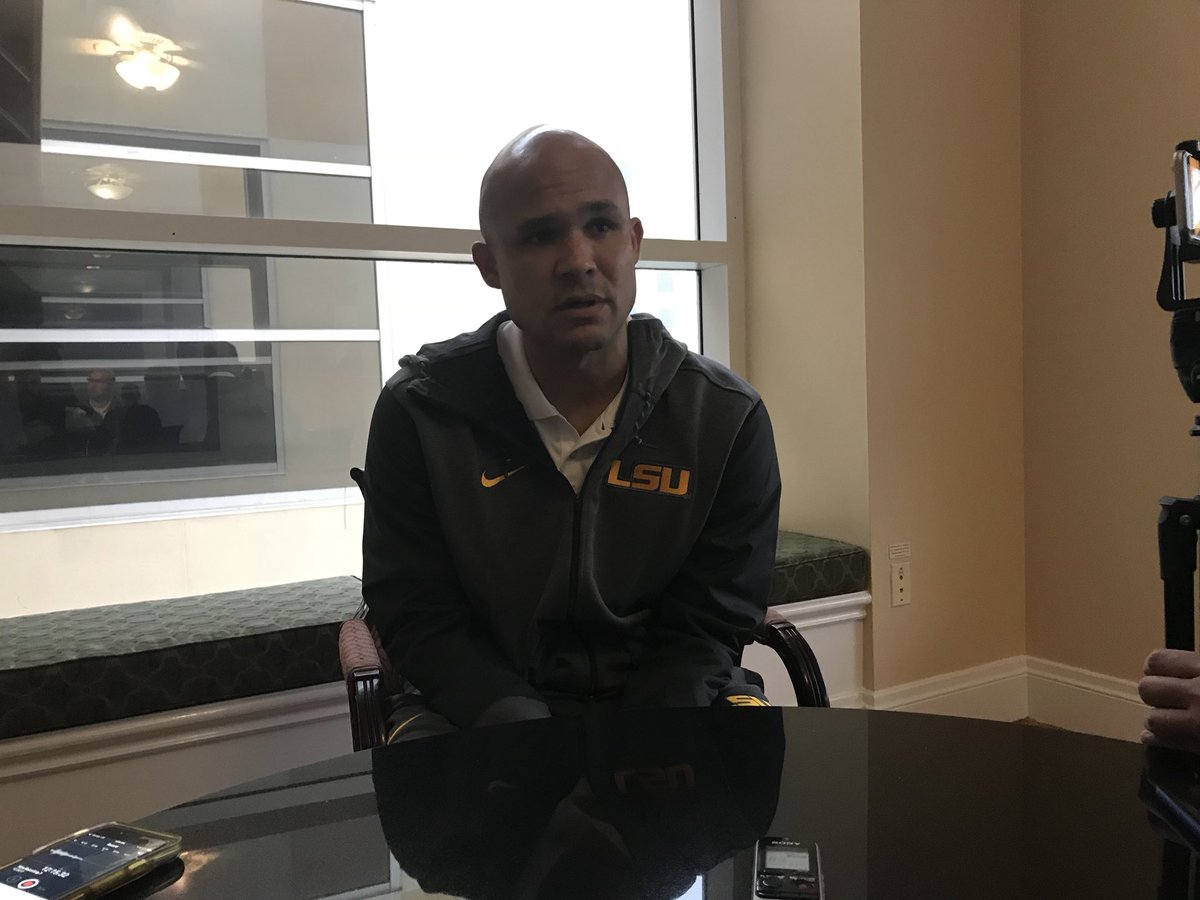Questions about Zack Hess and his viability as a Friday night starter in the Southeastern Conference are going to crop up any time he has a rocky outing, particularly if the rest of the rotation continues to thrive.
LSU certainly isn’t going to entertain the notion of emoting its ace after one rocky start on Opening Night, but it would make life easier for everybody involved if Hess pitched much better against Bryant on Friday night.
“I want to see him throw all three of his pitches for strikes with command and confidence,” LSU coach Paul Mainieri said. “He needs to show he can throw more than one pitch with confidence, and I think he will. Let’s hope the results are a little bit better tomorrow night.”
“I want to see him come out and be Zack Hess,” LSU pitching coach Alan Dunn said. “I want to see the guy that goes out and commands the mound, commands the strike zone, pitches in favorable counts and obviously shows the ability to command more than one pitch.”
Hess got knocked out in the fourth inning having allowed five runs (four earned) on six hits. That performance actually represented an improvement from his 2018 debut when he yielded eight runs and walked six in 2.1 innings against Notre Dame.
People questioned the decision to move Hess back to a starter’s role then, but he answered them one week later with 10 strikeouts over six strong innings against Texas. LSU would certainly sign up for something similar in the series opener Friday.
For his part, Hess has always prided himself on having a short memory. His tenure as a starter at LSU has been earmarked by dominating highs and some abysmal lows, but his self-confidence has never wavered.
“You just have to trust the process throughout this whole journey,” Hess said. “That’s what I’ve tried to do. I just have to continue to work hard and believe. We’re not too far away. It was very close to being where I wanted to be on Friday night, and we’ve got to keep chipping away at it.”
So what went wrong against UL-Monroe? In a macro sense, Hess fell behind in too many counts and was forced to throw fastballs over the plate to experienced fastball hitters.
Hess couldn’t command his slider or changeup well enough to keep the ULM hitters from sitting on his fastball whenever he fell behind in the count. However, the two home runs he served up came on the first pitch of an at-bat and on an 0-1 count.
“If you look at that game, he got in some counts that kind of boxed him in,” Dunn explained. “He had to throw fastballs that hitters were looking for, and even though his (velocity) was good, he made some mistakes in the white of the plate. They were able to eliminate some of his secondary pitches because the consistency wasn’t there.”
Hess believes he found the source of those command issues while watching the game film.
When comparing it to tape from the summer, he noticed that his leg kick was far more exaggerated when he pitched for Team USA this summer. That’s a timing mechanism more than anything, and Hess and Dunn spent time in their side work this week trying to get everything back on schedule.
“Naturally your arm is going to land too soon and your arm is going to drag behind you,” Hess said. “When I lift my leg more, it gives my arm time to catch up and get everything in sync.”




Be the first to comment